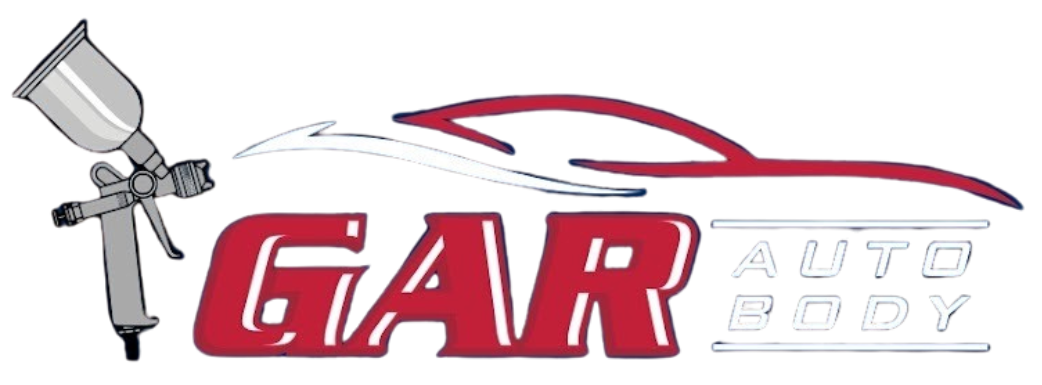The 8-Step Auto Body Repair Process: Your Guide to a Flawless, Safe Repair
- By Goutam Yadav
- Automobile
- Oct 20, 2025
- 0 Comments
When your car is damaged, the repair process can feel overwhelming, like a confusing battle between the shop and the insurance company.
The truth is, modern collision repair is a highly technical process, but understanding the steps makes you a confident, informed customer.
Here is your comprehensive, step-by-step guide to what happens from the moment you drop off your vehicle to the moment you drive it home, complete with the critical questions you must ask your repair shop at each stage.
Step 1: Initial Assessment and Estimating
This is where the repair story begins, but the first estimate is almost never the final one.
What Happens:
- A technician performs a visual inspection of the exterior damage.
- The shop creates a preliminary estimate of parts and labor based on what they can see.
- Crucial for Modern Cars: The technician performs a Pre-Repair Diagnostic Scan (a computer scan) to check for hidden damage to the vehicle’s electronic and safety systems (like airbags, sensors, and cameras).
The Question to Ask Your Shop:
“Do you perform a pre-repair diagnostic scan on every vehicle? Can I see the results?”
Step 2: The Insurance Claim and Authorization
This is the phase of negotiations, and it’s where a quality shop earns its money.
What Happens:
- The shop sends the initial estimate (including the diagnostic scan results) to your insurance company.
- Your insurance company’s adjuster reviews the estimate, often looking for cheaper alternatives to Original Equipment Manufacturer (OEM) parts.
- The shop will advocate for necessary procedures and OEM (Original Equipment Manufacturer) parts to restore your vehicle to its pre-accident condition and safety standards.
The Question to Ask Your Shop:
“Are you committed to fighting for OEM parts when necessary for the safety and integrity of my vehicle’s repair?”
Step 3: Disassembly and Supplement (Uncovering Hidden Damage)
This is the most common reason for repair delays, and it’s why a good shop needs time.
What Happens:
- The damaged panels and parts are systematically removed to expose the full extent of the damage beneath the surface.
- In virtually every collision, hidden damage is found (e.g., a bent frame support, damaged wiring harness, or crushed mounting brackets).
- The shop issues a supplemental estimate to the insurance company for this newly discovered damage, and this triggers a second round of authorization.
The Question to Ask Your Shop:
“How will you notify me if a supplemental estimate is needed, and how often will I receive updates during this delay?”
Step 4: Parts Ordering and Structural Repair
The physical restoration of the car’s foundation begins.
What Happens:
- The shop orders all approved parts. The repair timeline is now largely dependent on parts availability.
- If the car’s unibody or frame is damaged, specialized equipment is used to precisely pull the structure back to the manufacturer’s exact dimensions. Modern materials like high-strength steel require special welding and pulling techniques.
The Question to Ask Your Shop:
“Are your technicians trained and certified (e.g., I-CAR) to work on my vehicle’s specific structural materials, like high-strength steel or aluminum?”
Step 5: Body Work and Surface Preparation
This stage is focused on fit, finish, and cosmetic perfection.
What Happens:
- New panels are fitted, welded, and aligned to ensure perfect gaps (panel alignment).
- Any minor remaining surface damage is repaired using techniques like PDR (Paintless Dent Repair) or traditional body filling.
- All panels are thoroughly cleaned, sanded, and masked to prepare for the paint booth. Proper preparation is the #1 factor in a long-lasting paint finish.
Step 6: Painting and Refinishing
Achieving an invisible repair requires precision technology.
What Happens:
- The paint technician uses a computerized color-matching system to mix the exact shade of paint required.
- The vehicle enters a controlled, dust-free paint booth.
- Multiple layers of primer, base coat (color), and clear coat (protection) are applied and cured to a factory-quality finish.
The Question to Ask Your Shop:
“Do you use a computerized color-matching system? What is your warranty on the paint finish?”
Step 7: Reassembly and Final Diagnostic Scan
Safety features must be perfect before the car leaves the shop.
What Happens:
- All exterior trim, interior parts, lights, and mechanical components are reinstalled.
- Crucial for Modern Cars: A Post-Repair Diagnostic Scan (a second computer scan) is performed to ensure all Advanced Driver Assistance Systems (ADAS) like automatic braking, blind-spot monitoring, and lane departure warning sensors are recalibrated and functioning perfectly.
The Question to Ask Your Shop:
“Will all the sensors and cameras related to my ADAS safety features be recalibrated and verified with a post-repair scan?”
Step 8: Quality Control, Detailing, and Delivery
The last checkpoint before handover.
What Happens:
- The vehicle is rigorously inspected by a different senior technician against a multi-point checklist for quality, fit, finish, and functionality.
- The car is washed, vacuumed, and prepared for customer pickup.
- The customer reviews the repair with the shop and is given a final bill and the repair warranty details.
The Question to Ask Your Shop:
“What is the coverage and duration of your warranty on the final repair work?”
By knowing these steps and asking these key questions, you empower yourself to choose a high-quality repair shop that prioritizes your safety and vehicle’s integrity, not just the lowest cost.


